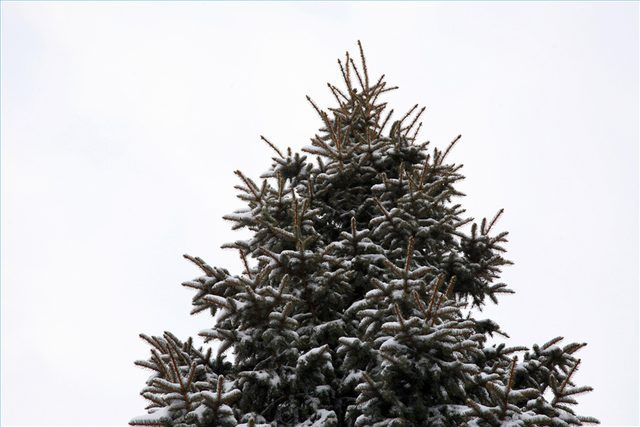Bulbs
Flower Basics
Flower Beds & Specialty Gardens
Flower Garden
Garden Furniture
Garden Gnomes
Garden Seeds
Garden Sheds
Garden Statues
Garden Tools & Supplies
Gardening Basics
Green & Organic
Groundcovers & Vines
Growing Annuals
Growing Basil
Growing Beans
Growing Berries
Growing Blueberries
Growing Cactus
Growing Corn
Growing Cotton
Growing Edibles
Growing Flowers
Growing Garlic
Growing Grapes
Growing Grass
Growing Herbs
Growing Jasmine
Growing Mint
Growing Mushrooms
Orchids
Growing Peanuts
Growing Perennials
Growing Plants
Growing Rosemary
Growing Roses
Growing Strawberries
Growing Sunflowers
Growing Thyme
Growing Tomatoes
Growing Tulips
Growing Vegetables
Herb Basics
Herb Garden
Indoor Growing
Landscaping Basics
Landscaping Patios
Landscaping Plants
Landscaping Shrubs
Landscaping Trees
Landscaping Walks & Pathways
Lawn Basics
Lawn Maintenance
Lawn Mowers
Lawn Ornaments
Lawn Planting
Lawn Tools
Outdoor Growing
Overall Landscape Planning
Pests, Weeds & Problems
Plant Basics
Rock Garden
Rose Garden
Shrubs
Soil
Specialty Gardens
Trees
Vegetable Garden
Yard Maintenance
How to Grow Conifers
How to Grow Conifers. Conifers are attractive additions to any garden landscape because of their year-round greenery. They're also attractive to gardeners and landscapers who need low-maintenance trees. Conifers require little care after initial planting, so if you understand a few simple rules, you can be an excellent grower of conifers.

Conifers are attractive additions to any garden landscape because of their year-round greenery. They're also attractive to gardeners and landscapers who need low-maintenance trees. Conifers require little care after initial planting, so if you understand a few simple rules, you can be an excellent grower of conifers.
Things You'll Need
All-purpose fertilizer
Mulch
Know when to plant conifers. The best time to plant conifers is in the spring or early fall. Conifers do best when planted during periods of cooler temperatures and higher rainfall. If possible, choose an overcast day to plant a conifer so the tree won't lose as much water.
Dig a hole twice as wide as the root ball, but more shallow, allowing the root ball to stick up slightly from the ground.
Loosen the root ball before planting by tapping the side of the pot with your hand.
Water the conifer as soil dries out for two weeks after planting. After that, conifers rarely need water except during extremely dry periods.
Mulch around the conifer's base with 2 or 3 inches of mulch. Do not allow mulch to touch the tree's trunk.
Fertilize annually with a balanced, all-purpose garden fertilizer. For best results, fertilize in early spring or late fall.
Prune dead branches of the conifer as soon as possible to prevent possible spread of disease or infestation. Conifers are not capable of regenerating growth from old wood, so avoid pruning more than 1/3 of the length of a branch at one time.
Tips & Warnings
Conifers rarely wilt, but instead will lighten in color if they need water. They may also turn brown on the inside of the tree.
If in need of water, water conifers slowly and abundantly, allowing water to penetrate deep into the soil. A full, deep watering is better than frequent watering.
Stake the conifer for the first year after planting if in a windy location.